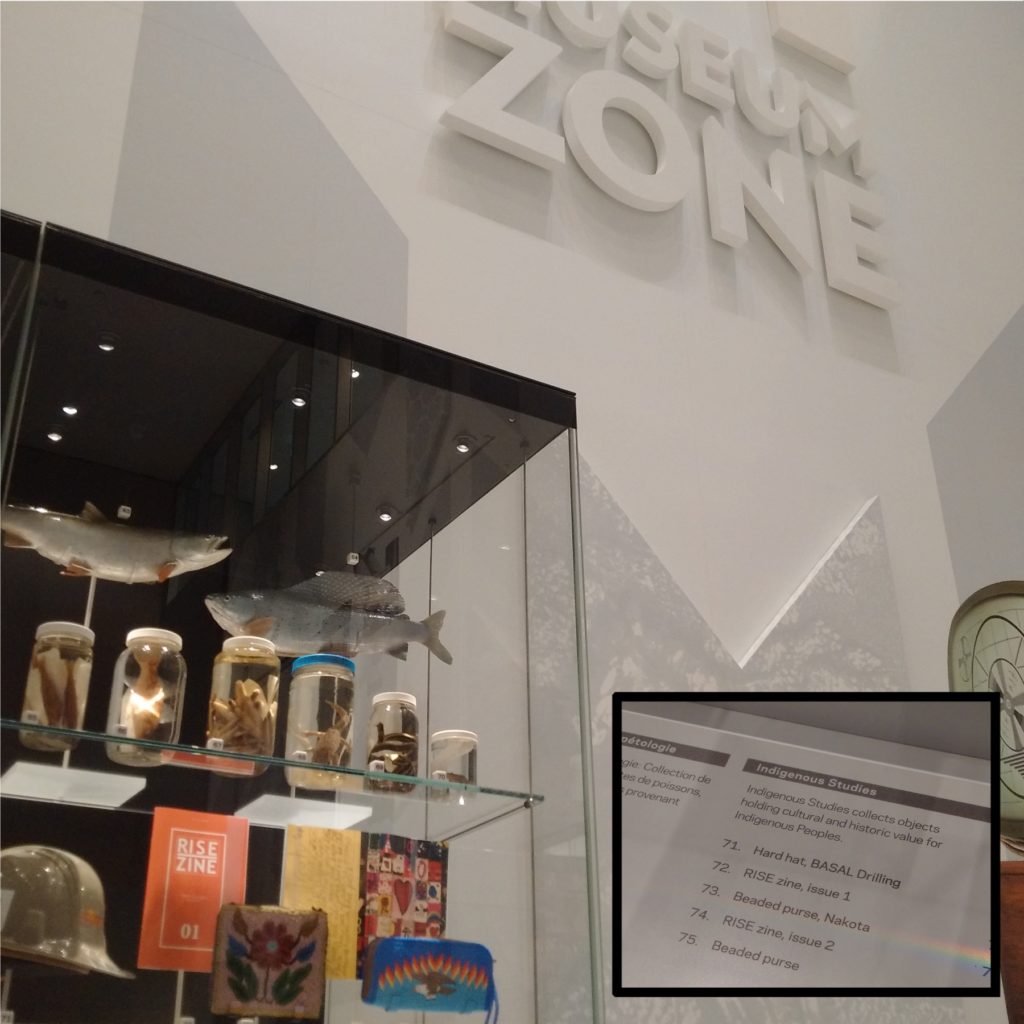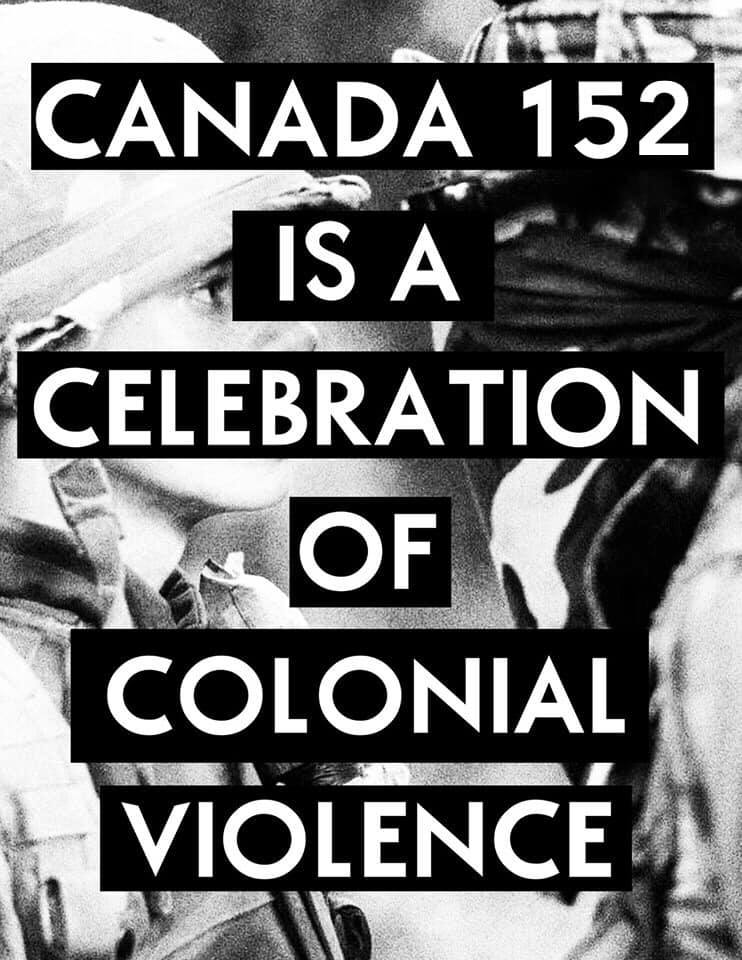I am a Treaty Indian. I am a direct descendant of First Nations People that signed a Treaty with the Crown and whose name appears on the Indian Register maintained by the Government of Canada.
I am a nêhiyaw-iskwêw (Cree Woman) and proud member of Thunderchild First Nation, which signed the adhesion to Treaty No. Six in 1879. My father is Harold Jimmy, my late paternal grandmother is Cecile Jimmy, and my late paternal great grandparents are David and Mary Ann Jimmy – all too are Treaty Indians. Like my ancestors before me, as a member of Thunderchild, I have a Certificate of Indian Status (known to most as a Status Card).
My mother is Martiena Van Metre, a person of mixed European and First Nations ancestry including Dutch, British, and Lakota and is an enrolled member of the Cheyenne River Sioux Tribe. My late maternal grandparents are Charlie and Betty (Pierce) Van Metre. My late great-great-grandmother, through my maternal grandfather, Mary (Aungie) Van Metre is the Lakota ancestor from which my mother gained her Tribal Enrollment. Because the Cheyenne River Indian Reservation was established by the 1851 and 1868 Fort Laramie Treaties and the Sioux Act of 1889, I am a Treaty Indian through my maternal lineage as well.
The blood of my ancestors from both sides of the 49th parallel flows through my veins. I am the descendant of First Nations Peoples who signed Treaty with the Crown and with that has come certain rights and much hardship. Their experiences, their resilience, and their culture are part of who I am and foundational to how I walk through this world.
As an intergenerational survivor of the Indian Residential School System, and the Native American Boarding School System, I am committed to knowing the truth about this past that influences the present day. To properly honour this truth, I had to first know the truth of who I am and the trauma that has impacted every branch of my family tree. This history was not taught to me in my upbringing and, in many ways, is still not fully acknowledged today. Fighting to know and share the truth is my mission.
For more than 20 years now, my paid professional work has centered around uncovering and amplifying truth. Listening to the stories of my Elders, learning from their experiences, searching through archival records that validate these truths, and helping others to understand it all. This journey has also been incredibly healing for me personally. It’s allowed me to make sense of my childhood, begin the long process of undoing negative coping mechanisms, and aiming to break cycles of abuse that have been passed down through the generations.
The healing that truth has offered to me and many in my community is why I call myself a “fierce defender of the truth”. It is also why I find ways to weave truth telling into every aspect of my personal and professional life. Truth may seem like a simple thing or an easy path to choose but it is not. There are political and financial, along with mental, emotional, physical, and spiritual, implications for telling truths that others are not ready to acknowledge. Regularly, I am faced with battles, big and small, that challenge me to live up to my self-proclaimed title and often come with consequences for myself and others. Last week, I was unexpectedly faced with one of these battles for truth.
For years now, I have been in contact with the Indian Residential School History and Dialogue Centre (IRSHDC) at the University of British Columbia (UBC). In 2019, they had reached out to me to support a funding application for the creation of a virtual exhibit on the history of Indian Hospitals. For nearly 10 years, I have been researching, documenting, and telling the story of the Charles Camsell Indian Hospital in Edmonton. If the funding came through, the IRSHDC hoped I would support their work with my extensive knowledge as a contracted researcher on the project. With more than two years of starts and stops, I signed a contract with the Centre in September 2022 on a as needed basis.
On Day Two of my first visit to UBC last week, a bombshell dropped. The founding academic director of the IRSHDC and current professor of law at UBC was outed as a “pretendian”. Even though I don’t know her personally, it was a gut punch. For nearly as long as she has been alive, she has claimed to be a Treaty Indian. Her identity also led to her holding title as the first Treaty Indian to be appointed to the judicial bench of the Provincial Court of Saskatchewan, my traditional territory. I have been familiar with her work on the frontlines of justice as far back as I can remember. And I was receiving her pretendian news, along with all of Canada, amidst this place supposed to stand for truth that she had been responsible for until last month. The whole thing is sickening.
- How can someone who makes their living upholding the law on behalf of Indigenous Peoples lie about who they are?
- How can someone who claims to be committed to truth be untruthful about their own identity?
- How has she been able to get away with it for so long, completely unchecked?
The response to her identity being outed is even more upsetting than the lies. UBC along with many Indigenous organizations are blindly backing her. They have come out in support of her and the ‘good work’ she has done for Indigenous rights. Who she is and the work she has done are two different things. So far, nobody is willing to speak the truth. According to all of the research that CBC laid out, she is not a Treaty Indian. She is not Cree. She is not Indigenous in any way.
For the people and organizations who have aligned with her and are continuing to vouch for her, you are not doing Indigenous Peoples any favors by covering up lies and denying truth. You are doing exactly the same thing that the government and other agents of cultural genocide continue to do – purpetuating lies to save face and repercussions for yourselves instead of choosing a path of truth, honesty, and humility.
There are many Indigenous Peoples who have lost connections to their families and traditions because of colonization. Part of my own journey of reconnection with culture and community has meant understanding my own truth before I can reclaim it. I had to learn who my family is and the history of how I came to have my name on a Status Card. I had to hear about my community’s forced relocation, the experiences of my family members in residential school, and the loss of life this trauma caused. I had to come to terms with how this history has impacted me and commit to make intentional efforts not to repeat the mistakes of the past.
For me, honouring the wisdom I have gained through my reconnection also means finding ways every day to live into these teachings and further ground myself in my traditions. If I am going to be a ‘fierce defender of truth’, I can’t pick and choose the truths I want to believe and amplify. It also means aligning myself with people and organizations that are also committed to defending truth in honest, accountable ways that create a more just society. Because of this, I will not be able to continue my new relationship with the Indian Residential School History and Dialogue Centre at UBC.
I don’t want the pretendians of the world to ruin the opportunity for reconnection for others in the broader community. If you are Indigenous, proudly own it and share your identity and teachings with others. For me, this continues to be a journey of learning and rediscovery. As I learn and am ready, I share and teach as a way to pay-it-forward for the teachings I have received.
If you think you may be Indigenous, do your homework before you start proclaiming this identity to others. When you have enough information to be able to introduce yourself the way that I did at the start of this blog, you can proudly claim that identity. Until you can, keep searching. Perhaps your truth is that you are not and you’ll need to own that too.
The only thing that keeps me going on this hard path of seeking truth is a belief that eventually the truth will reveal itself. For the rest of you pretendians, standing at podiums or lurking in the shadows, own your truth too. I have to believe that you can only hide in plain sight for so long before the truth will catch up with you as well.


